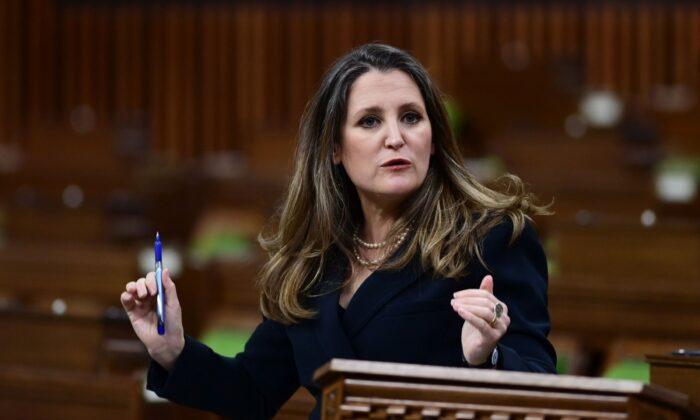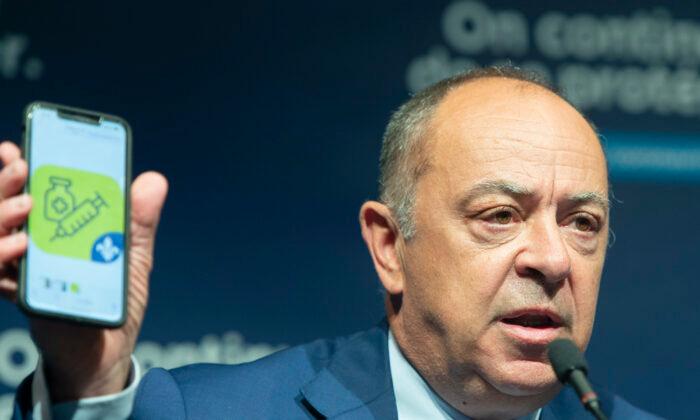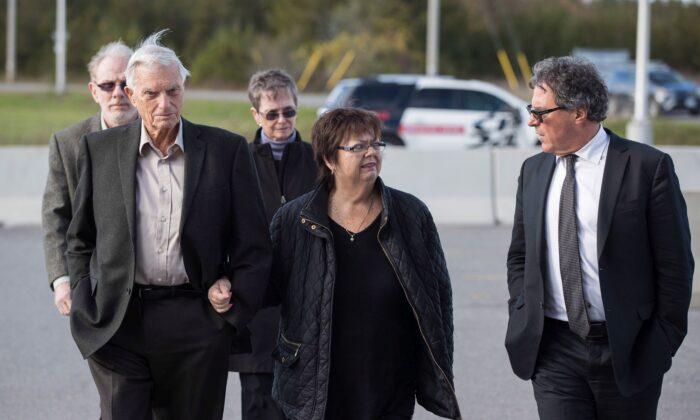Continued deficit spending in this week’s federal budget, the first in two years because of the pandemic, is likely to inflate an already-expanding public service that has grown 11.5 percent, or by more than 39,000 full-time equivalent employees, in the five years between 2015–16 and 2019–20.
“There was a huge downsizing under Chretien, and then Harper held the line. And what’s happened is basically all those layoffs or downsizing—it’s all been reversed, plus-plus,” Carleton University business professor Ian Lee said in an interview.
“Trudeau’s clearly grown the size of the [bureaucracy] in spending terms more than any other prime minister since the Second World War. And this started pre-COVID.”
A recent report by two Fraser Institute economists showed that under the current government, per-person spending increased from $8,063 to $9,500 between 2015 and 2019, and projected that it will reach $17,091 in 2021—approximately double the amount spent during the 2009 recession and at the peak of World War II.
Publicly available data indicates that the government payroll increased from 342,129 full-time equivalent (FTE) employees in fiscal year 2015–16 to 381,330 FTEs in 2019–20, with departments such as Employment and Social Development Canada, Canada Revenue Agency, and Public Services and Procurement Canada (PSPC) each adding 4,800 FTEs or more from fiscal 2016–17 to 2020–21.
For PSPC, its addition of 4,800 FTEs over those five years represented an increase of nearly 40 percent in staffing and resulted in a workforce of nearly 17,000 FTEs. More than 1,100 of those FTEs were added in 2020–21 alone.
The Immigration and Refugee Board of Canada workforce grew by nearly 83 percent, or 788 FTEs, over that period, which resulted in over 1,700 FTEs in 2020–21. This reflected the surge in refugee claims in recent years. At the unauthorized U.S.-Canada border crossing near Roxham Road in upstate New York, for example, nearly 50,000 asylum-seekers came into Canada in just two years between 2017 and 2019.
Over the same five-year period, Immigration, Refugees and Citizenship Canada also expanded its manpower by 2,111 FTEs. This represented a 33 percent increase and boosted the department’s workforce to nearly 8,500 FTEs.
During the Liberal Party’s convention earlier this month, Finance Minister Chrystia Freeland talked about a national child-care program that will be part of a stimulus package worth up to $100 billion over three years.
The plan will require a yet-to-be determined number of additional staff to administer, much like the Liberals’ cannabis legalization and carbon tax schemes required for the health and environment departments. Since 2016, Health Canada’s payroll grew by nearly 20 percent, with the addition of 2,144 FTEs, while Environment and Climate Change Canada grew by 14.5 percent, with the addition of 955 FTEs.
Aaron Wudrick, federal director of the Canadian Taxpayers Federation, which advocates for lower taxes and less fiscal waste, says that in light of the pandemic that has hurt businesses and livelihoods, the government should slash its workforce and pay by 15 percent.
“They definitely need to shed thousands of jobs—this would not even be a debate in a private organization. And considering the people paying the freight are themselves losing jobs and losing pay, government really needs to look at ways to roll things back,” Wudrick told The Epoch Times.
“And we’re not even saying go back to the Harper years. We’re saying go back to the second year of the Trudeau government. That’s all we’re saying, not some radical cut-it-to-the-bone stuff. … Everyone’s had to make cuts, and the government can’t be any exception to that.”
Austerity and public service cuts do not resonate well in election years, and the budget reflects that, as anticipation is high that Prime Minister Justin Trudeau will call an election as early as this summer. Even his former Conservative opponent Andrew Scheer, in the lead-up to the 2019 election, promised to hold current staffing levels within the federal bureaucracy stable until the budget was balanced.
Though the Liberals are using a post-pandemic economic recovery as rationale for continued deficit spending, Lee questions this as employment has rebounded in the first quarter of 2021, poverty rates are down, and the Conference Board of Canada is “forecasting 5.3 percent economic growth for this year—numbers that would make China blush.”
“If interest rates go up, the government’s going to be in a very, very difficult situation. Now their answer is, well, don’t worry, rates aren’t going up. But what if they do? So there’s that point,” he says.
“And then the second point is, if it ain’t broke, don’t fix it. If there’s no need to expand the size of the government—because our poverty is at an all-time low, lowest ever—then why are we doing it? We should be keeping our powder dry, so to speak, and saving the borrowing power of the government for a rainy day.”





